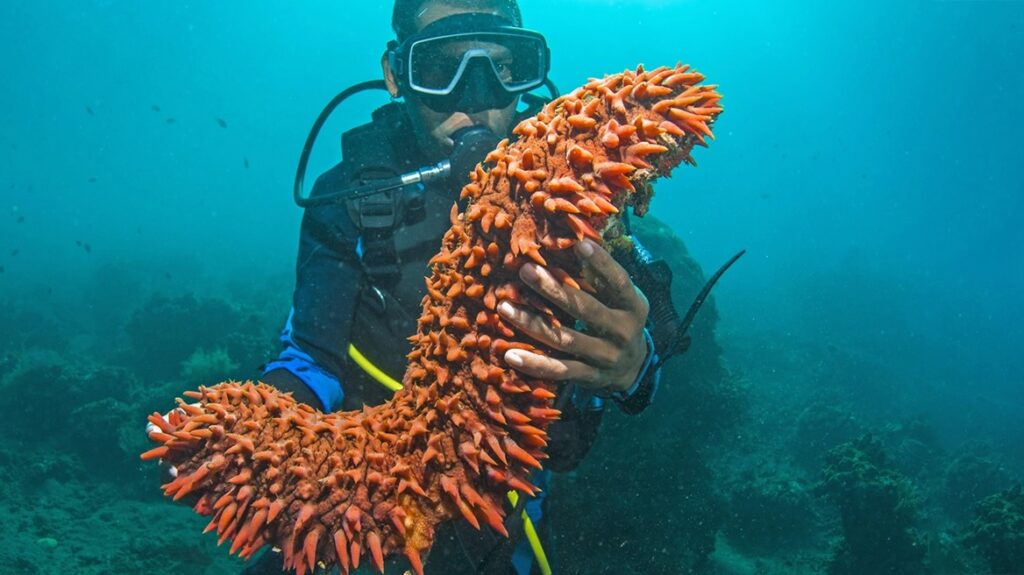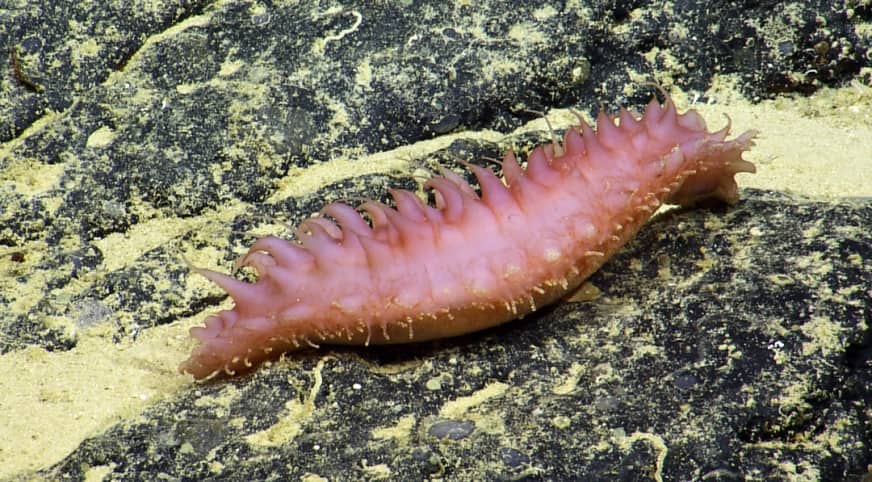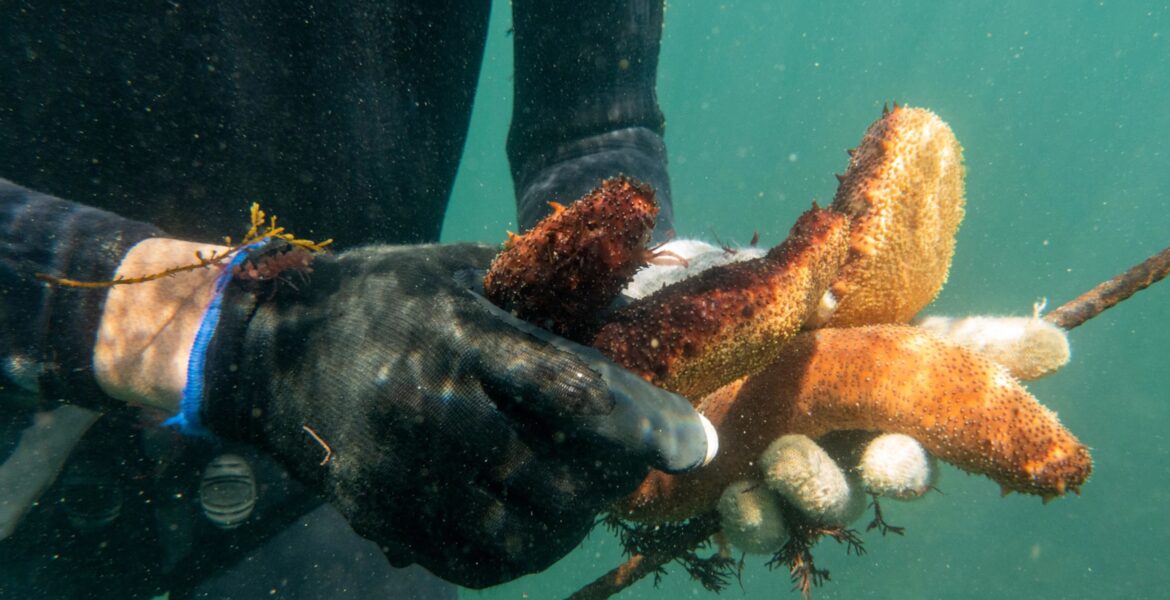An anonymous tip off put an end to the plans of smugglers who intended to channel to foreign markets thousands of holothurians, the well- known "sea cucumbers", which had been loaded on a truck that arrived by liner from Poros in Kefalonia to Kyllini.
During the weighing and counting carried out by the port officers, they found that the cargo contained 40 buckets with 21,768 holothurians with a total weight of 761.84 kilograms, which in addition had smaller dimensions than the permitted size of 180 grams per piece.
As if that was not enough, the shipping slips shown by the 64-year-old truck driver stated that the quantity weighed... 141kg!
The holothurians were seized, as was the truck, whose driver was arrested and referred to the prosecutor of Protodiki Ilia, while the Kyllini Port Authority continues the preliminary investigation to ascertain who is behind the illegal fishing and transport.
It is recalled that holothurians are in demand in the markets of the Far East and Europe, with their price ranging from 1,110-3,000 euros per kilo!
Catching the endangered species is not illegal - based on specific provisions (weight over 180 grams per piece, quantity up to 400 pieces per day and declared in the system, etc.).
Despite the legality of fishing this species, illegal processing and packaging for export to European countries or elsewhere have been discovered. In this case they are said not to have been caught under the provisions of the appropriate Greek legislation.
A gourmet treat for the few
As "disgusting" as it may look, the sea cucumber in question is considered one of the finest delicacies in Asia (especially in China and Japan). With nearly 1,250 species found worldwide today - the Japanese namako is considered the best quality, with its price often reaching or exceeding $3,500/kg.
It is on the menu of the most gourmet restaurants in Asia and also in selected (mainly Chinese) delicatessens.
View this post on Instagram
According to Southern Cross University's Dr Steven Purcell, one of the most expert scientists on the subject, the Asian craze began in the 1980s, when it began to establish itself as a delicacy for the upper classes.
The rise of the middle class in the 90s made this delicacy accessible to more people, especially in China, with the result that nowadays, the demand has increased significantly.
What are sea cucumbers?

They are found in warm and temperate seas. They are more commonly known as sea cucumbers because of their shape, reminiscent of the vegetable of the same name.
Under their skin they have an endoskeleton. They live in sand or rock crevices but also in coral reefs. In species that live in the ocean, the skeleton is usually absent.
They can regenerate body parts, which they sometimes cut off for defence. They usually live alone and feed on animal or vegetable substances, which they find in the mud at the bottom of the sea floor.
There are about 500 species of holothurians.
They generally feed on detritus in the benthic zone of the ocean. Their diet includes dead and decaying organic matter found in the sea, in the mud of the seabed. Sea cucumbers swallow the bottom mud whole. Food is captured with the help of their antennae.
Sea cucumbers are edible in some Asian countries and in China they are bred in special farms. In countries such as Malaysia and Indonesia they are used for their healing properties.
They also make oils, creams and cosmetics from them. It is even believed that animals contain all the fatty acids necessary for tissue repair. The use of holothurians is also being investigated in the treatment of malaria.

READ MORE: The History of Feta.

